I am evaluating Thymeleaf and Flying Saucer for pdf generation from templates, and I am having a problem with applying css to my Thymeleaf template. I already read the relevant questions & answers here, here, and here; but none of the suggested solutions fixed my problem.
This is how my resources folder looks like:
So I am using the default directories that Spring will look for. And that's how the head tag looks like in my template.html:
<head>
<title>Spring Boot and Thymeleaf Example</title>
<meta http-equiv="Content-Type" content="text/html; charset=UTF-8"/>
<link rel="stylesheet" type="text/css" href="../static/css/style.css" th:href="@{/css/style.css}"/>
</head>
If I inline my css in template.html then the generated pdf file will be styled properly (so there shouldn't be a problem with how I generate the pdf). However, when I try to link to the css file as shown above the generated pdf is not styled (so the css is not applied).
Lastly, I can access my css file at http://localhost:8080/css/style.css, so there doesn't seem to be a problem with Spring serving the static content.
For completeness, this is how I generate the pdf:
private final SpringTemplateEngine templateEngine;
private final Log log;
@Autowired
public PdfGenerator(SpringTemplateEngine templateEngine) {
this.templateEngine = templateEngine;
log = LogFactory.getLog(getClass());
}
public void generate(HttpServletRequest servletRequest, HttpServletResponse servletResponse, ServletContext servletContext) {
// Parse the pdf template with Thymeleaf
Locale locale = getLocale(servletRequest);
WebContext context = new WebContext(servletRequest, servletResponse, servletContext, locale);
context.setVariable("user", buildDummyUser());
context.setVariable("discounts", buildDummyDiscounts());
String html = templateEngine.process("template", context);
// Create the pdf with Flying Saucer
try (OutputStream outputStream = new FileOutputStream("generated.pdf")) {
ITextRenderer renderer = new ITextRenderer();
renderer.setDocumentFromString(html);
renderer.layout();
renderer.createPDF(outputStream);
} catch (IOException | DocumentException e) {
log.error("Error while generating pdf", e);
}
}
I am using WebContext instead of Context because I was getting the following error with Context:
org.thymeleaf.exceptions.TemplateProcessingException: Link base "/css/style.css" cannot be context relative (/...) unless the context used for executing the engine implements the org.thymeleaf.context.IWebContext interface
What am I missing here, why is my style.css not applied to template.html?

